The 10/- Project
When I was a teenager growing up in South Australia my father was the Pastor of the Franklin St. Assembly of God Church in down-town Adelaide.
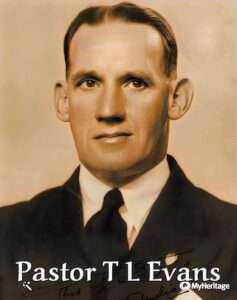
I vividly remember those teenage years as they were very different to my childhood years growing up in India with missionary parents.
You can read that story by clicking on this link…..Growing Up as a Teenager.
Having lived my whole life in a family that was committed to serving Christ and building His church, both spiritual and physical, I have come to realise that not all leaders understand the sacrifice that many people both Clergy & pew have made to build the church of God both materially & numerically.
For most pastors of my era, paying off a church debt was a priority, along with a host of other spiritual responsibilities.
The Adelaide Franklin St Assembly was a small congregation of 80 or so people who owned an old church building with a long standing mortgage.
Each Sunday the church held it’s Sunday services at the Rechabite Chambers in Victoria Square.
It was arguably the first pentecostal church in Adelaide, with some core families that dated back the earliest pentecostal believers in South Australia.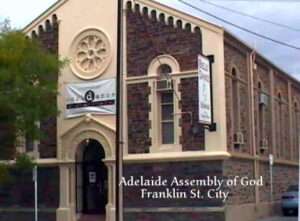
My Dad was a devout pentecostal that had spent most of his ministry life as a missionary in India.
As a lad growing up in the church parsonage or Manse, I had observed his dedication to the cause of Christ and his sacrificial life style.
I remember one particular burden he carried was the church’s burden of debt.
He would often wonder how the church could ever pay off the mortgage?
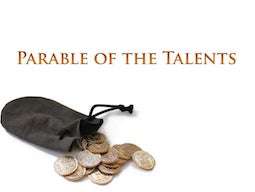
After much personal prayer, he came up with an idea that he believed could resolve the issue.
The Parable of the ten talents inspired him no doubt.
It was not his custom to use the word “God told me” to invalidate any opposition.
But rather he consulted with the Church Board, and at a general meeting of the membership he submitted his plan.
He organised a scheme to pay off the remaining church debt/mortgage on the Franklin Street property and called it the 10/- PROJECT.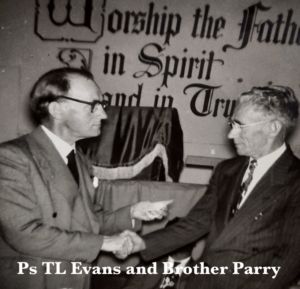
His trusted treasurer was Bro Harry Parry and he was commissioned one Sunday morning to initiate the project.
Personally in my immature mind I thought it was crazy idea.
It was hard enough to get members tithes and offerings to pay my fathers meagre wages.
Why would he risk the churches income on a project like this?
Be that as it may, the project was launched way back in the 1950s long before the faith and ‘prosperity’ gospel had a foothold in pentecostal churches.
My father was very excited about the idea and used his money to buy seeds which he sowed and sold seedlings.
The enthusiasm for the project flowed through the church.
I have asked Reta Pratt who also grew up in the Church to recall what she remembers and to tell the story and how it unfolded.
Ten Shilling Project
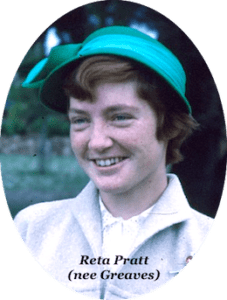
Reta and I were a part of the small youth group at that time, called “Christ Ambassadors” or CA’s.
Her family were core members of the church and deeply committed.
This is her recollection!
“One of the church Deacons was asked to introduce the scheme.
Mr Parry the church treasurer, issued 10/- notes to all the members who wanted to participate and use the money to make more money.
My Mum, Alberta Greaves worked very hard doing all sorts of handcraft.
She knitted toilet roll holders with a dressed doll standing in the middle.
In those days we could buy suitable nylon strips to do this.
Then door stops – a tin filled with plaster of paris with a half cirlce of wire to pick it up.
Inserted in the plaster was a dressed doll and the tin was covered in pretty plastic.
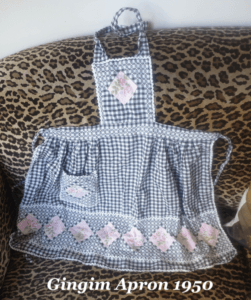 At night she was busy stitching white crosses on blue or green checked fabric – making aprons, and supper cloths with serviettes to match.
At night she was busy stitching white crosses on blue or green checked fabric – making aprons, and supper cloths with serviettes to match.
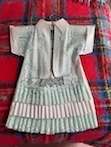 She also made little dresses on coat hangers from coloured plastic for us ladies to keep our stockings in.
She also made little dresses on coat hangers from coloured plastic for us ladies to keep our stockings in.
I still use mine but mostly put jewellery in it.
Sadly it is a bit worse for wear.
Mum bought coloured raffia and made small hand bags on bought plastic grids.
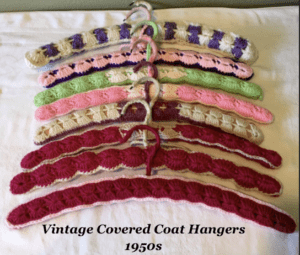 With plastic and crochet wool she covered dozens of wooden hangers – which sold well and were very practical in holding the garment on the hanger.
With plastic and crochet wool she covered dozens of wooden hangers – which sold well and were very practical in holding the garment on the hanger.
I noticed Yvonne Parry was making baskets so I had a go at that.
I wasn’t popular at home because I soaked the cane in the bath.
It had to be thoroughly wet to effectively make the article.
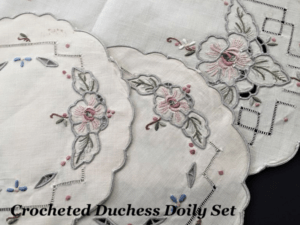 When mum wasn’t busy doing other things she crocheted doilies.
When mum wasn’t busy doing other things she crocheted doilies.
Ethel Job crocheted duchess sets – two smaller doilies and a larger matching one to sit on the dressing table.
People don’t use doilies these days – such a shame the ‘in thing’ at the moment is nothing on the top of cupboards but ‘bits and pieces’.
My father and I made leather purses – 2 compartments whipped together around the edges with plastic ‘thread’ and closed by two press studs.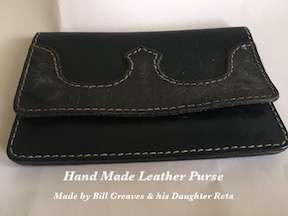
They were quite popular.
Another quick and easy project was crocheting edges on handkerchiefs.
I believe we paid off the property with our endeavour.
I understand Mum with her 10/- made about 150 pounds for the church.”
As you read this story you may think to yourself ‘how quaint’ that believer would do such things to help pay off the Church debt.
Years later when Pastor John & Beryl Jobe took responsibility of this church, after prayer and in close consultation with the church membership, voted to sell the debt free building and move into the northern suburbs of Adelaide.
The result, Klemzig Assembly of God was built.
Eventually the church grew and can you believe it, the “The 10/- Project” became the Paradise Assembly of God and was debt free by the end of 1983.
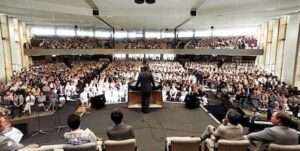
Over the years I have witnessed the growth of the church in Australia in particular and the acquisition of property.
I am acutely aware of the many sacrifices local church members have made to buy and build the facilities for the church to use, for the betterment of the community and future generations.
To all our younger pastors this is a reminder to be wise Stewards of Church property and remember those who have sacrificed their all to buy and build in the location provided for the purpose.
In conclusion here is a general tribute to my brother Andrew who led by example and respected the contribution church members and individuals have made to the Kingdom of God.
